Speakers
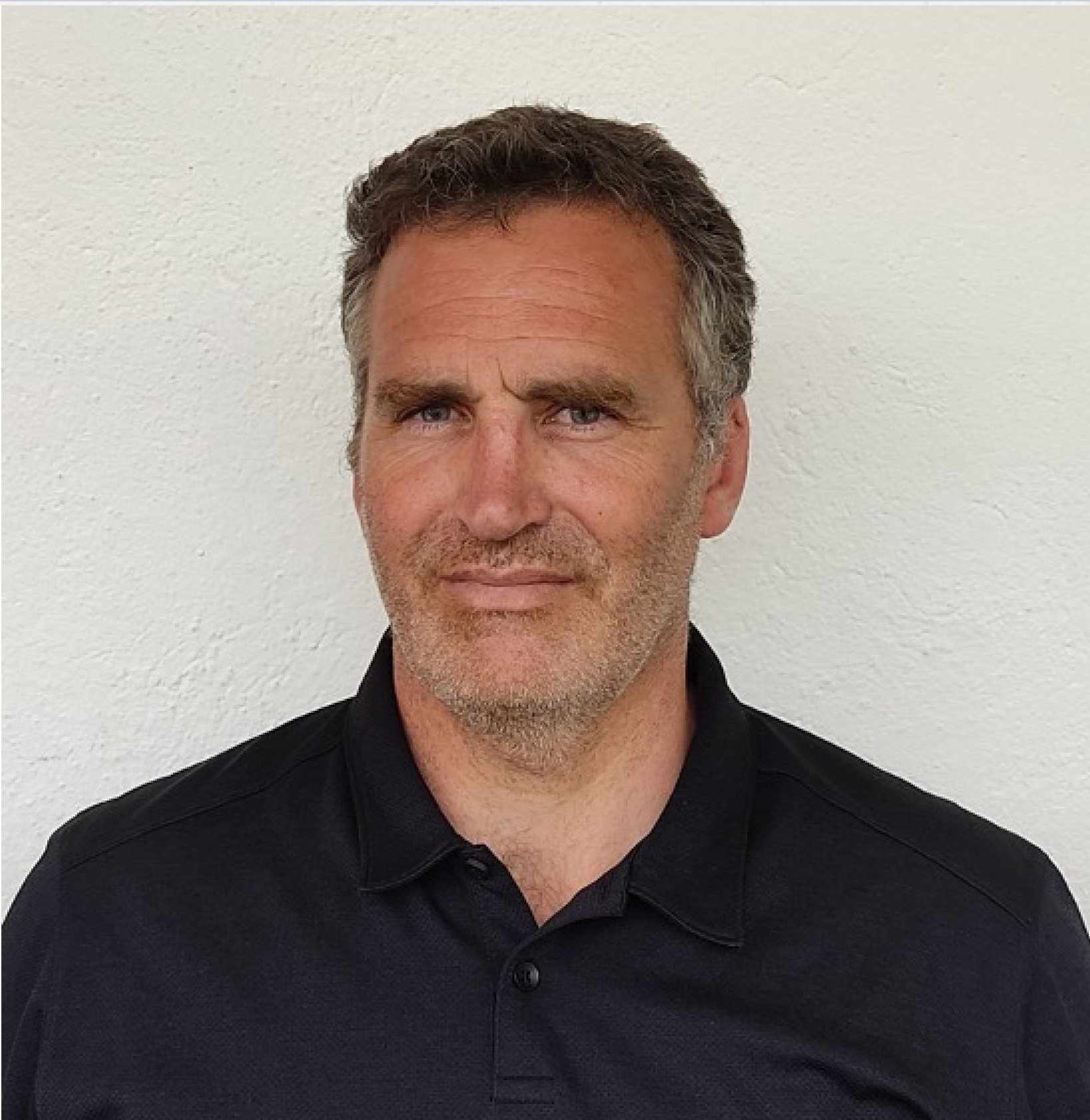
Olivier is Professor at Ecole des Ponts ParisTech and the Grenoble School of Architecture. As a researcher at the Navier and GSA laboratories, his work focuses on low-tech construction, mastering structural engineering, and complex geometries to optimize assembly details, cladding, and building life cycles. He has developed innovative systems like gridshells with pseudo geodesics and various nexorades. He is also a member of the executive council of the International Association for Shell and Spatial Structures.
Keynote: Make Complex Structures Affordable +
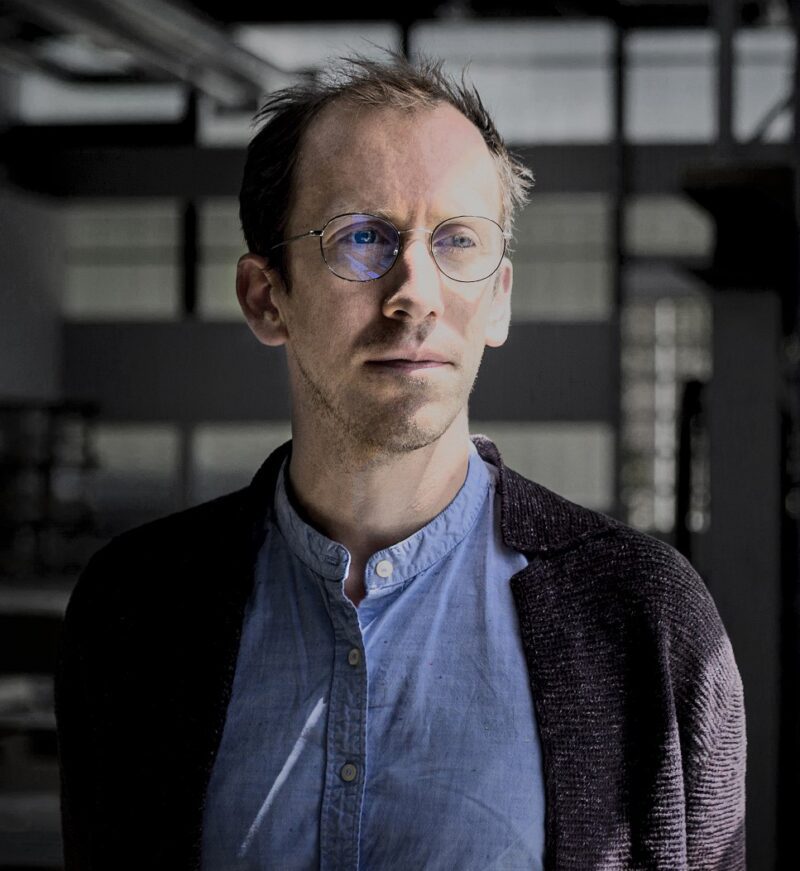
Corentin is Professor of Architecture and Structural Design at the Ecole Polytechnique Fédérale de Lausanne (EPFL) in Switzerland. He is leading the Structural Xploration Lab, whose research focuses on developing new design algorithms and construction methods, and built prototypes that pioneer the reuse of load-bearing components in new building structures. He is regularly invited for public lectures and is the author of several papers in scientific and architectural journals.
Keynote: The New Design Paradigms of Circular Construction +
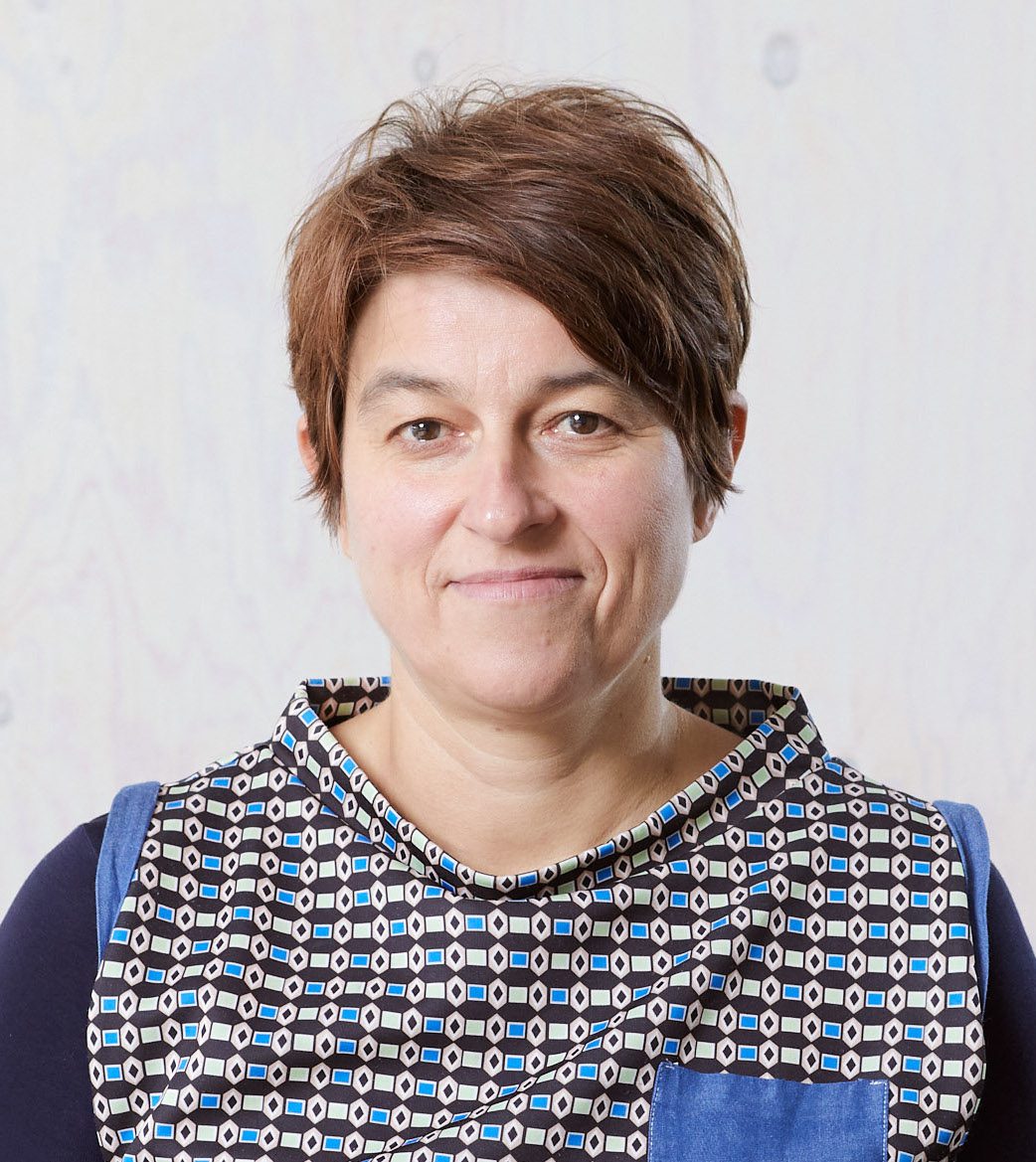
Andrea is a member of the management team at ZRS Architekten Ingenieure and Professor of Circular Building at HABG, Basel as well as Professor of Construction and Design at the Karlsruhe Institute of Technology. Her research focusses on circular, low-tech construction using natural materials to improve building quality, advancing sustainable and circular building practices through research and education.
Keynote: Architecture within Planetary Boundaries +
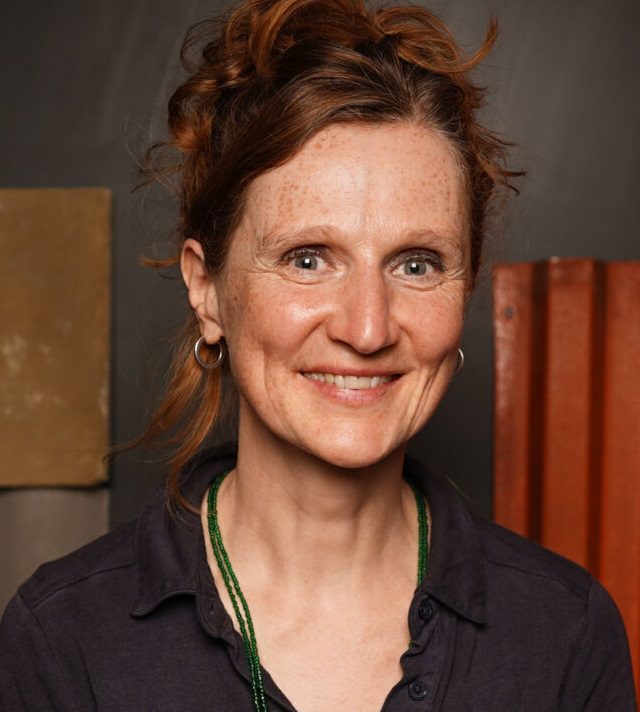
Kerstin is an architect and managing director of Zirkular. Previously, she was part of the management team at baubüro in situ ag in Basel. She represents the German Chamber of Architects on the Climate Council of the City of Lörrach. She also holds a visiting professorship at the KIT Faculty of Architecture in Karlsruhe and is a member of the design advisory board of the city of Friedrichshafen. Additionally, she is co-director of the newly developed Swiss CAS Circular Building programme.
Keynote: How Reuse and Emission Targets Shape Competitions +

Anke is one of the co-founders and CEO of urban beta in Berlin. Urban Beta is developing the scalable architectural system Beta Port System – an on-demand timber hybrid construction with a strong focus on healthy spaces and circular economy models. After working for several years as an architect and urban planner in London, Dubai, Rotterdam and Hamburg, Anke moved on to the HOLZMARKT development team in Berlin to build innovative participatory building processes and social-economic models.
Keynote: Building with Circular Systems +
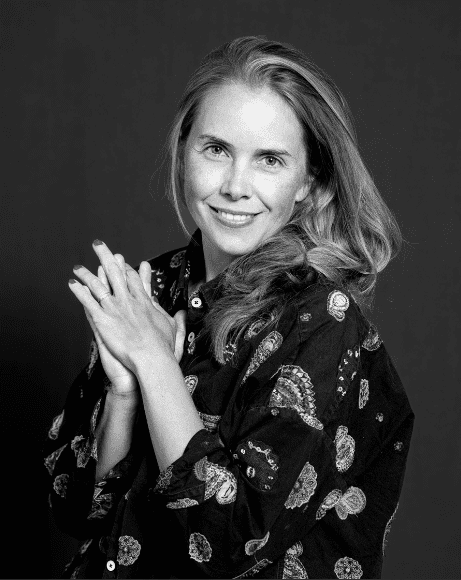
Greta is Associate Design Director at Henning Larsen, responsible for leading design on many international projects. With 15 years of experience, Greta brings a wealth of experience to her role in particular analysis and concept development with a focus on respecting existing environments while at the same time reinterpreting these conditions to introduce new design possibilities. Her analytical and strategic design approach is key to her role as a leader of projects from visioning to detailing and is particularly valuable when facing clients on the international market. Greta is responsible for a number of international projects including Prague Central Station.
Keynote: Changing Our Footprint +
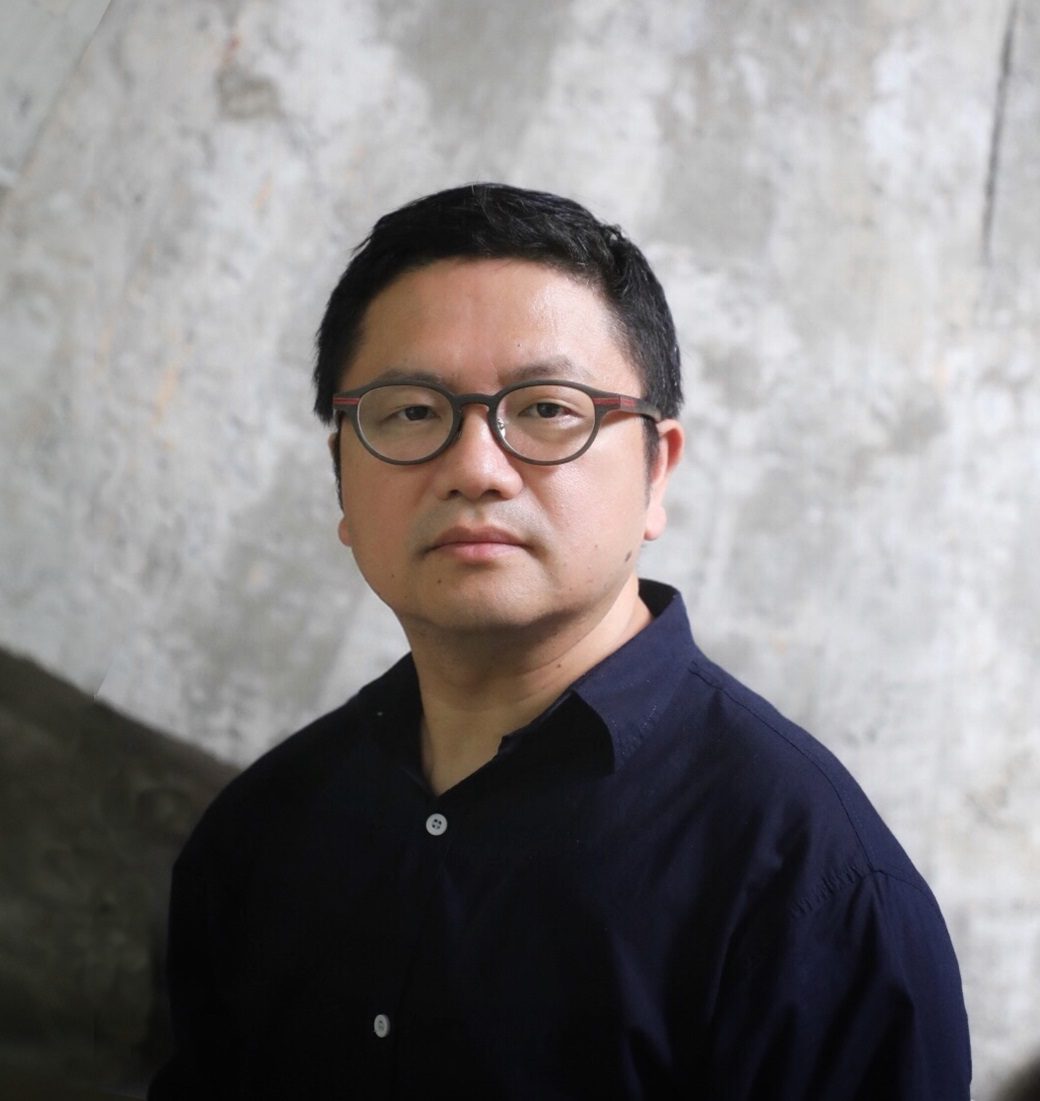
Philip is Professor at CAUP, Tongji University in Shanghai, China, and Thomas Jefferson Professor at the University of Virginia, USA. He is the Editor-in-Chief of Architectural Intelligence and a co-founder of the DigitalFUTURES Association. Additionally, he is a founding partner of Archi-Union Architects and Fab-Union Technology. Philip focuses on integrating technological innovation with architectural culture, environmental sustainability, and ethics, continually exploring contemporary building construction.